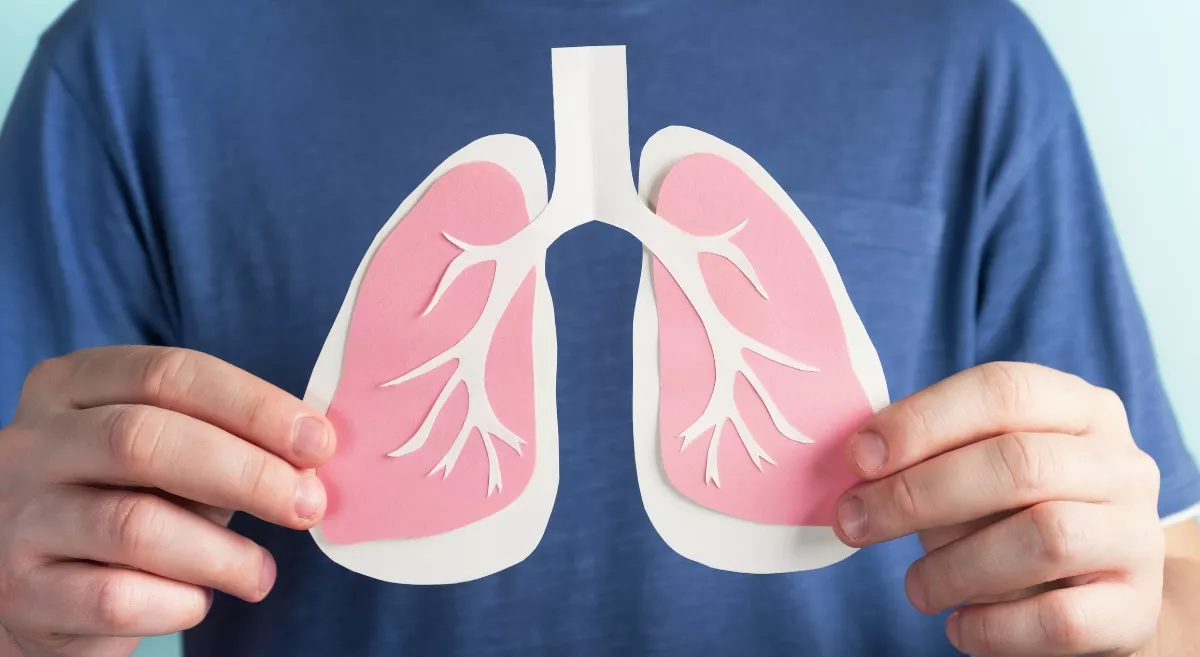Developing and maintaining good lung health is critical for general wellbeing. Our lungs are essential components of our respiratory system, enabling the exchange of oxygen and carbon dioxide to keep our bodies running smoothly. Sadly, various lung diseases can impair this vital function, resulting in breathing difficulties and a lower quality of life. For those seeking specialized respiratory care, consulting a reputed Pulmonology Hospital in Hebbal Bangalore can make a significant difference in diagnosis, treatment, and long-term lung health management.
Understanding the Respiratory System and Breathing
The respiratory system is made up of the lungs, airways, and breathing muscles. Healthy lungs are vital to effective oxygen exchange, which benefits every cell in our body. When we inhale, air enters our lungs, where oxygen is absorbed and carbon dioxide is expelled. This process ensures that our organs get the oxygen they require to function properly.
Lung diseases are a group of problems that interfere with the proper functioning of the lungs. These ailments are classified into three types:
- Airway Diseases: These conditions affect the airways that carry oxygen and gases to and from the lungs. These diseases, which frequently cause airway constriction or blockage, include asthma, chronic obstructive pulmonary disease (COPD), bronchiolitis, and bronchiectasis (a central disorder in cystic fibrosis). Those who suffer from it frequently describe the sensation as if they were exhaling through a narrow straw.
- Lung Tissue Diseases: These conditions compromise the structural integrity of the lung tissue. Scarring or inflammation limits lung expansion, making oxygen intake and carbon dioxide release difficult. Individuals suffering from this disorder compare their experience to wearing a constricting garment that prevents them from taking deep breaths. Pulmonary fibrosis and sarcoidosis are examples of lung tissue diseases.
- Lung Circulation Diseases: These conditions, caused by clotting, scarring, or inflammation, affect the blood vessels in the lungs. This influences oxygen uptake and carbon dioxide release, as well as heart function. Pulmonary hypertension is a form of lung circulation disease. Those who are affected frequently experience substantial shortness of breath during physical exertion.
Common Lung Diseases
- Chronic Obstructive Pulmonary Disease (COPD): COPD is a common lung disease that is frequently caused by long-term contact with harmful irritants such as cigarette smoke and air pollutants. This illness disrupts airflow, making breathing difficult. Coughing and wheezing are common symptoms, as is an increased sensitivity to respiratory infections. Early detection and treatment are critical for slowing disease progression and improving lung function.
- Asthma : Asthma is a chronic inflammatory disease that affects the airways, allowing them to narrow and making breathing difficult. Allergens, pollution, and cold air can all aggravate symptoms. Asthmatic people experience shortness of breath, coughing, and chest tightness. Differentiating asthma from other lung conditions is critical for effective treatment.
- Pulmonary Fibrosis: The formation of scar tissue in the lungs causes pulmonary fibrosis, hampering their capacity to expand and contract during breathing. This reduces oxygen exchange and causes shortness of breath. Environmental exposure, certain medications, and autoimmune disorders are all common causes. Early diagnosis via lung function tests and imaging is critical for effective management of the condition.
If you experience persistent breathing issues or chronic cough, it’s advisable to consult experienced Pulmonologists in Hebbal Bangalore who can provide expert evaluation and personalized treatment to restore your lung health.
Effects of Common Lung Diseases on Breathing
- Shortness of Breath (Dyspnea): Dyspnea, or shortness of breath, is a defining symptom of many lung diseases. Airflow restriction caused by inflammation, scarring, or obstruction makes even routine activities difficult. Climbing stairs, walking, and other daily activities become arduous, lowering your quality of life. Seeking medical attention and implementing effective management strategies are critical.
- Decreased Oxygen Levels (Hypoxemia): Hypoxemia, or low blood oxygen levels, can have serious repercussions for the body's functioning. Lung diseases impair oxygen exchange, resulting in fatigue, confusion, and other symptoms. Sustaining overall health involves observing your oxygen saturation and tackling underlying lung issues.
Preventive Measures and Healthy Lung Practices
- Smoking Cessation: Smoking is a major cause of lung diseases such as COPD, lung cancer, and asthma. Quitting smoking can improve lung health and lower the likelihood of further progression of disease. Psychotherapy, support groups, and nicotine replacement therapy are all available to help you quit smoking.
- Regular Exercise and Physical Activity: Physical activity on a regular basis improves lung function and capacity. Aerobic exercises, such as brisk walking, swimming, and cycling, aid in building respiratory muscles and improve lung efficiency. Including these activities in your daily routine improves your breathing and overall well-being.
- Indoor Air Quality: Indoor air quality is extremely important for lung health. Pollutants such as dust, pet dander, and mould can aggravate lung conditions and cause symptoms. Use air purifiers and ensure proper ventilation to reduce potential irritants and allergens.











